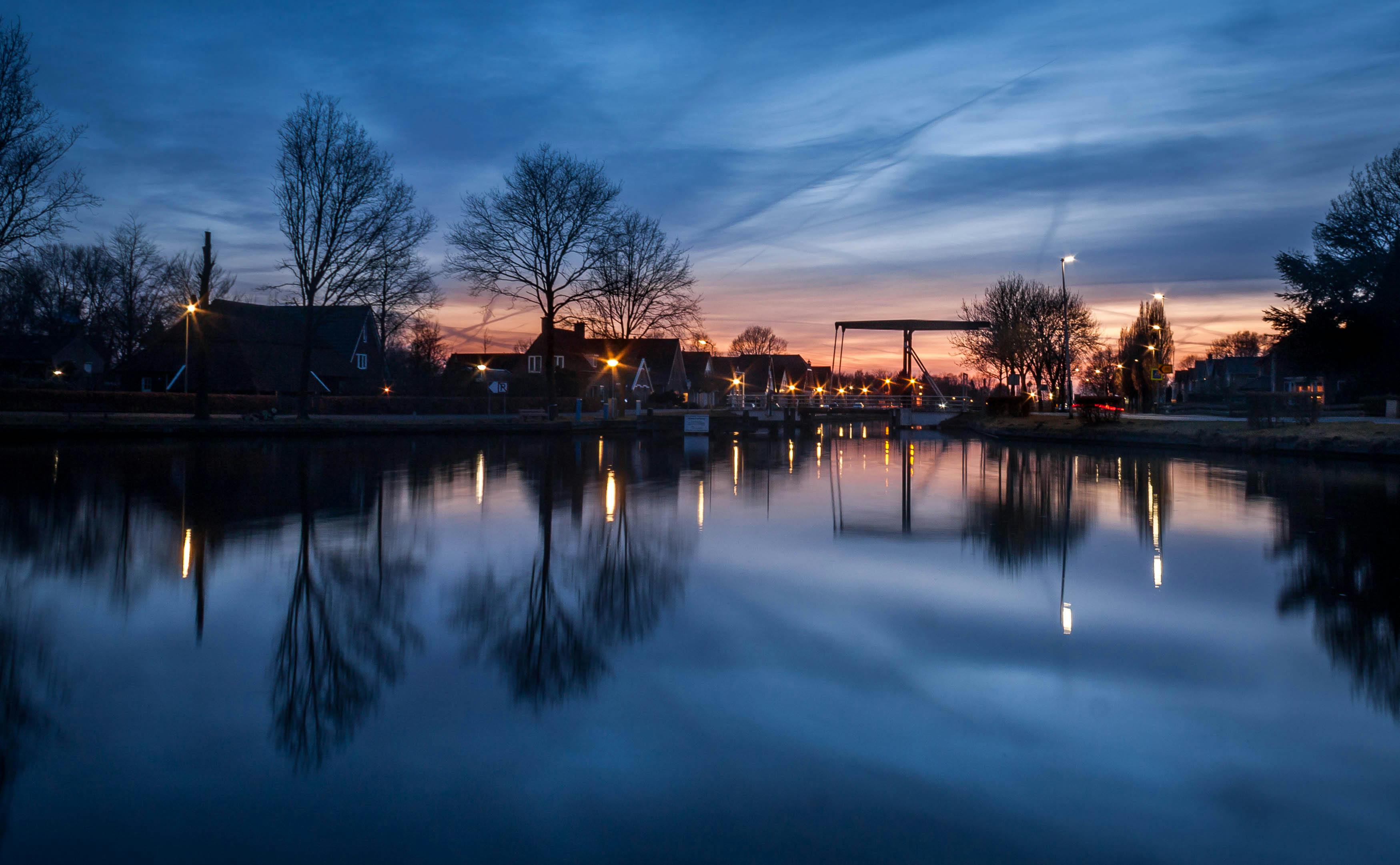In the days when humans were hunter-gatherers, subsistence consumption was the only way humans knew of to gather food. There was no technology to store anything for long periods of time, so people were forced to hunt or gather only what they could eat immediately. With the advent of civilizations, the concentration of so many people created classes dedicated to agriculture that could support people who spent their excess free time thinking about ways to solve problems like this. The solution to this problem would eventually become our modern refrigeration systems.
The first refrigeration systems were simple pits lined with ice and snow, then covered with straw for insulation. Many cultures had devised ingenious ways to combat food spoilage, but the most impressive solution to this problem was devised by the ancient Persians around 500 B.C. This civilization built large domed structures called “yahkchals” that kept the ice at a temperature equivalent to that of modern refrigerators. This is a clear case that necessity is the mother of invention, as the Persians required large amounts of ice to preserve food in and around the deserts they lived in. These yahkchals were engineering marvels, but surprisingly simple. They achieved this simply by creating these buildings with thick walls made of a strong, waterproof mortar known as sarooj. This material was made of sand, clay, animal hair, egg, and other substances in specific proportions, producing a very thick material that could be integrated into an effective refrigeration system due to the sarooj’s resistance to heat transfer. While food preservation was a necessity, yahkchals were also used to preserve luxury food for Persian royalty because they were often the wealthiest people who owned the largest and most numerous refrigeration systems.
Throughout the European Industrial Revolution, modern refrigeration systems began to be built that used gas compression to preserve food over long distances. This caused a qualitative change in shipping that opened up an entire industry as people realized that food could be moved from anywhere in the world to another. This movement began in New Zealand when in 1881 a large merchant ship called the Dunedin was fitted with a large cold storage unit to transport frozen meat to Britain. Despite the enormous distance, this initial foothold in what was to quickly become a massive industry ensured that New Zealand would dominate the meat shipping business in England for a hundred years. This method would not have worked with regular ice storage because merchant ships cannot offer the same stable conditions as a Persian yahkchal. Gas compression became the wave of the future.
Today, almost all modern refrigerators use gas compression technology. Over the past hundred years, several innovative steps have been taken to improve refrigeration system technology that have generally led to quantum leaps by enabling new methods of transportation, such as trucks and aircraft, to be refrigerated. The final quantum leap produced safer chemicals that allowed commercial refrigerators to exist in smaller spaces, such as homes across the United States.




